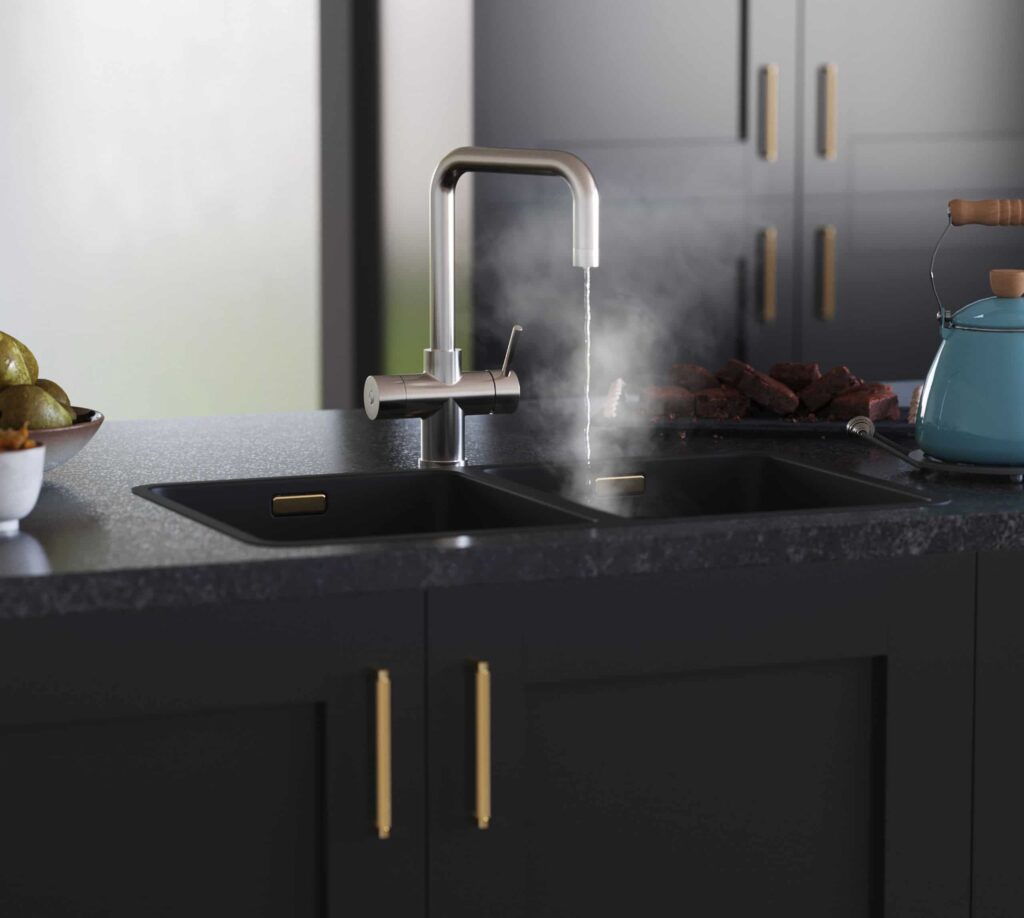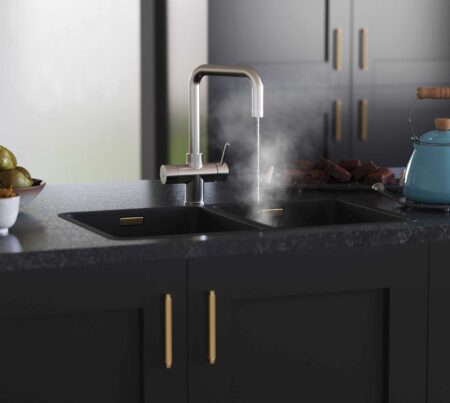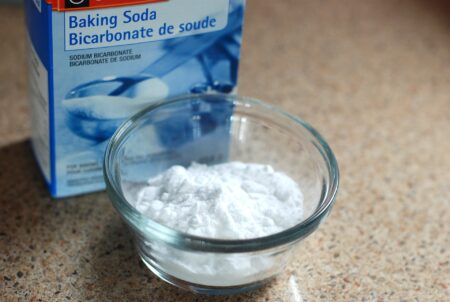How to Clear a Stubborn Kitchen Sink Drain (5 Easy Methods)

The kitchen sink is one of the most-used areas of the home, so it's no surprise that sometimes drains get clogged. If you've tried using a plunger but your sink still isn't draining properly, don't worry - there are plenty of other methods you can try. In this blog post, we'll outline five easy ways to clear a stubborn kitchen sink drain. Keep reading to learn more!
Why has my kitchen sink become clogged?
One of the most common causes of a clogged kitchen sink is food waste. When you wash dishes or prepare food, bits of grease, fat, and food particles can end up going down the drain. Over time, these particles can build up and cause a blockage. To prevent this from happening, make sure to scrape food scraps into the bin before washing dishes. You should also avoid pouring cooking oil or grease down the drain.
Another common cause of clogged kitchen sinks is hair. Every time you wash your hands, tiny strands of hair fall into the sink and accumulate over time. These strands can form a tangled mass that blocks the drain. To prevent hair from clogging your sink, invest in a drain screen or hair catcher. These devices will catch hair before it has a chance to go down the drain and cause problems.
Lastly, soap scum can also contribute to a clogged sink. Soap scum is a film that builds up on soap bars over time. This film can break off into small pieces and travel down the drain, where it will eventually harden and form a blockage. The best way to prevent soap scum from causing problems is to clean your soap dispensers regularly.
How to unblock a kitchen sink drain using:
1) Boiling water

Unblocking a kitchen sink drain can be a hassle and require time-consuming and expensive chemicals, but boiling water is an easy solution anyone can use. All it takes is boiling tap water and the right process to sort out blocked pipes. Boiling water contains properties that can dissolve or break down clogged debris, letting the sink drain freely again.
Boiling water should be used with caution since it is hot and could burn if handled carelessly. As a rule of thumb, make sure to pour boiling water slowly into the affected area of the kitchen sink, allowing it to sit in the pipes so it can do its job before flushing the system with cold water for additional help. Doing this will help unblock your kitchen sink drain quickly and efficiently.
We recommend checking the material of your pipes to ensure boiling water won't damage them.
2) Baking soda & vinegar

Unclogging a kitchen sink drain can be an annoying but easy task with the right tools at your disposal. Using baking soda and vinegar reduces the risk of damaging your pipes or using any harsh chemicals that could harm you or your family.
To unclog your kitchen sink, start by pouring a cup of baking soda down the drain followed by one cup of vinegar and immediately place a stopper in the sink to allow the mixture two or three minutes to sit and dissolve some of the blockages. After two or three minutes plus, it's time to pour one litre of boiling water into the sink for a few seconds before removing the plug. Doing this procedure should help dislodge most clogs in kitchen sinks and leave them clear.
3) A plunger
Unclogging a kitchen sink drain is a common challenge that many people face. The most effective way to do it is to use a plunger. To begin, fill the kitchen sink with several inches of hot water and then place the plunger over the drain in such a position to ensure that it has good suction. Pump vigorously several times and then quickly remove the plunger from the drain. This should create an airtight seal which could help push any clogged material out of the pipe. If it fails on the first try, repeat up to 10 or 12 times until the clog dislodges.
4) Chemical pipe uncloggers
Unclogging a kitchen sink drain may seem like a daunting task, but with the right tools and some elbow grease, it can be done easily and effectively. Chemical pipe uncloggers are an excellent option for those looking to tackle their clogged sink issue quickly.
All you need to do is pour the chemical solution down into the drain, allow it to sit for about half an hour and then flush out the clogged material with hot water. It's important to remember that this method doesn't always work, as stubborn build-ups of grease or large objects may still require manual removal from your plumbing system. Nevertheless, this simple procedure is often enough to clear up most kitchen sink clogs without any hassle.
5) A plumber’s snake
A plumber's snake, or drain auger, is one of the most effective methods for removing debris from a sink drain. To use this tool, begin by loosening the lock nut on the snake and positioning the tip of the cable into the stopped-up pipe. Put enough tension on the cable by turning it counterclockwise. Once you feel the obstruction, give an extra push and turn until it breaks up. Then continue to rotate and fish in and out until all of the material is removed from your sink drain.
After that, feed in some water while running through the snake repeatedly to make sure that your drain is completely clear. Finally, reassemble your parts as they were before; you should now have an unclogged kitchen sink!
How to stop your drain from becoming clogged
Preventing a clogged drain can save you time, money, and a whole lot of frustration. The most important step in avoiding a clogged drain is to be mindful of what goes down the sink. Kitchen drains are especially prone to becoming clogged due to food particles that can stick to the pipes. These bits and pieces build up over time and result in slow draining or even a complete blockage.
To prevent this from happening, never pour oil or grease down your kitchen drain as it will coat the pipes and eventually solidify. Also, scrape plates into the garbage before rinsing dishes off in the sink - this stops all food debris from going down the drain.
Finally, every few months use boiling water or homemade solutions such as vinegar and baking soda to clean out your kitchen sinks! Taking these simple steps can help ensure that your drains remain unclogged for years to come.
Conclusion
All of these methods are easy and can be completed in about an hour. If your kitchen sink is still draining slowly after trying these methods, it’s time to call a professional. Thanks for reading our blog post on how to clear a stubborn kitchen sink drain!
Upgrade your kitchen sink with a boiling water tap. Find out more about how a boiling water tap works here.
